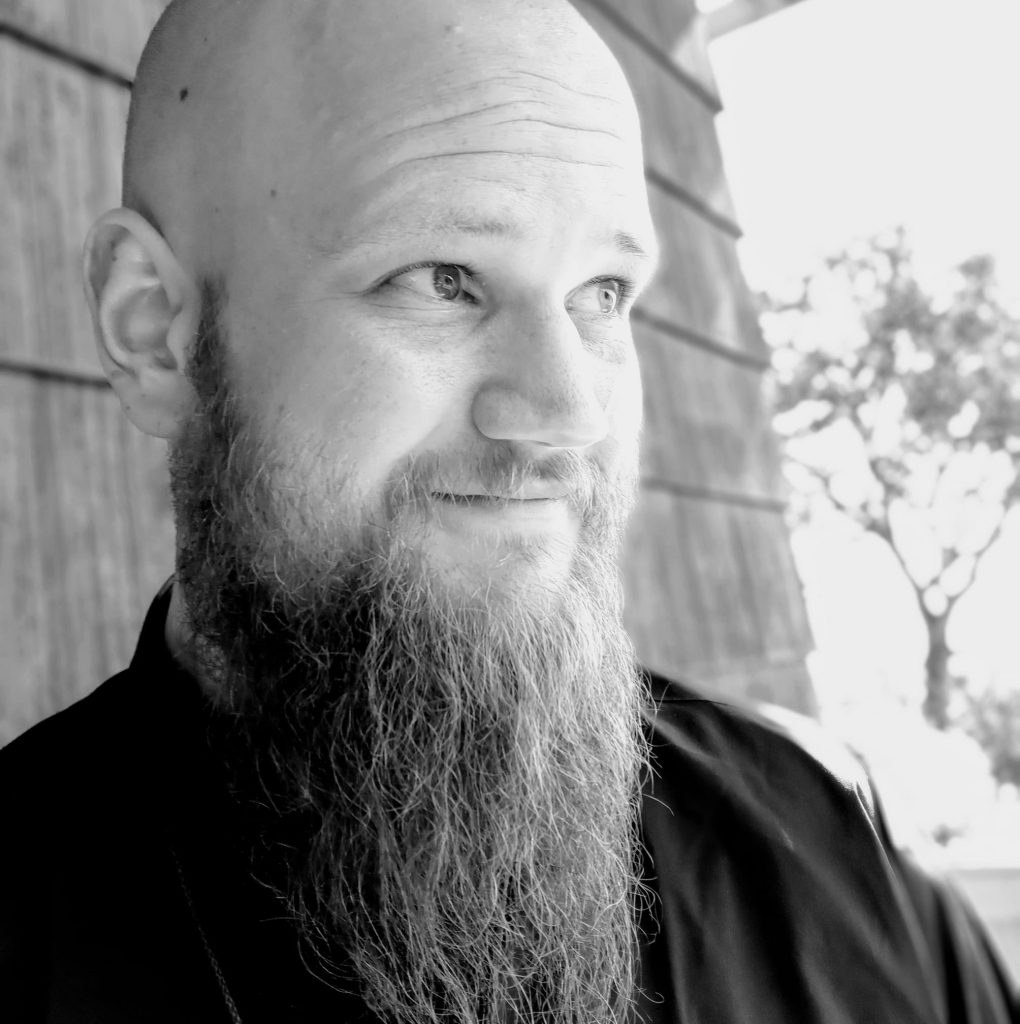
In 1957, Theodor Seuss Geisel, better know as “Dr. Seuss” published what would soon become a children’s Christmas classic, “How The Grinch Stole Christmas”. Since then, the fuzzy green creature has become established as a modern American fable creature, instantly recognizable as a “classic” character in Christmas decorations, merchandize, and media, including the 1966 animated short film by Chuck Jones, which featured the now well-known song “You’re A Mean One, Mr. Grinch”, sung by Thurl Ravenscroft, and the 2000 live-action feature film, in which he is played by none other than the great Jim Carrey, as well as the 2018 animated full-length movie, with Benedict Cumberbatch as the Grinch’s voice.
The story is funny, weird, and touching, and contains a message which, I would argue, embodies a poignant message about the true spiritual nature of Christmas as it relates to the modern practice of gift-giving and the struggle between materialism and commercialism on one hand, and the real meaning of the holidays, the celebration of human kindness and goodwill which transcend the externalities so often associated with the season.
There are some who would argue that “secular” stories such as this, with no explicit reference to the religious origin and significance of Christmas, distract us from engaging in the deeper, spiritual dimensions of the celebration of the birth of Christ. I argue that quite the opposite is the case, and my Swedenborgian understanding of spirituality, sacred stories, and human myth informs this perspective.
The plot of the story has become familiar to most Americans. It’s a wholesome and fun story of a creature, intentionally portrayed as grumpy, strange, and unappealing, even repugnant, who has been cast out from the peaceful, joyous and picturesque community of Whoville. Out of spite and frustration, the Grinch decides to come into town and ruin Christmas for the inhabitants of Who-ville by, with the assistance of his dog Max, stealing all presents in the dark of night, disguised as Santa Claus. The Grinch succeeds in his diabolical plan, but much to his surprise, the lack of presents, rather than ruining Christmas, reminds the inhabitants of Who-ville of the real reason behind their tradition of gift-giving: the expression of love and goodwill toward others.
When the book first came out, American society was going through a major transformation. It was at this time that the image of a middle-class nuclear family celebrating the holidays in abundance, prosperity and cheer, in their picturesque suburban family home with a white picket fence, really took hold of collective cultural consciousness. It was a time of suburbanization, relative prosperity, a new kind of American idealism, and the establishment of a whole new culture of rampant commercialism. The television had become more and more prevalent, and with it came a whole new level of advertising, including the endless exploitation of the Christmas holiday as the primary shopping season of the year. And with this came the pervasive secularization of Christmas, partly to better accommodate its commercial potential.
The story of the Grinch, in a way, is an anti-materialist counterpoint to this cultural development. It is a simple story illustrating both the trappings of a commercialization of Christmas, as well the potential it holds to remind us of the message which the holiday represents, the coming of transcendent, loving light and goodwill into a world of egoic darkness and division.
To Swedenborg and other mystics, the meaning of sacred stories goes far beyond conveying literal truth or moral proscription. The purpose of myth is to convey spiritual realities through physical, time-and-space-based images and narratives. The story of the birth and of Jesus, like all sacred mythology, is an illustration of a spiritual state which corresponds directly to our own inner spiritual journey and the stages we inhabit on it. Ideally, the stories come to live and become actuality as they manifest in our actions, both inwardly and outwardly.
“The state of the Lord’s glorification can be compared to the state of our regeneration, because our regeneration is an image of the glorification of the Lord. When we are being regenerated, we become altogether another being, and are made new.” –Secrets of Heaven §3212 (1)
13th century Christian mystic Meister Eckhart beautifully relates the same concept in regard to the birth of Christ specifically:
“We celebrate here in temporality with a view to the eternal birth, which God the Father has accomplished and accomplishes unceasingly in eternity, so that this same birth has now been accomplished in time within human nature. What does it avail me if this birth takes place unceasingly and yet does not take place within myself? It is quite fitting, however, that it should take place within me.” (2)
It may seem silly, perhaps even offensive to some, to compare the story of Jesus to the story of the Grinch. My intention is neither to be provocative, nor to equate the two. But what applies to both is the overall dynamic of how stories which become engrained in culture convey psycho-spiritual realities and dynamics. In this case, both the story of the Grinch and that of the “original Christmas” 2000 years ago serve to illustrate the transcending of externalities and vain and egoic states of mind and spirit for the sake of true, pure, unconditional love:
“It came without ribbons. It came without tags. It came without packages, boxes or bags. And he puzzled and puzzled ’till his puzzler was sore. Then the Grinch thought of something he hadn’t before. What if Christmas, he thought, doesn’t come from a store? What if Christmas, perhaps, means a little bit more?” (3)
(1) Swedenborg, Emanuel. Secrets of Heaven, Vol III. West Chester: Swedenborg Foundation, 2022.
(2) Meister Eckhart. Sermons and collations ; Tractates ; Sayings ; Liber Positionum. United Kingdom: J.M. Watkins., 1924.
(3) Dr Seuss. How the Grinch Stole Christmas. United States: Random House Children’s Books, 2013.

Rev. Thom Muller is pastor at the Swedenborgian Society of the East Bay at Hillside, an Urban Sanctuary, in El Cerrito, CA, as well as senior editor of Our Daily Bread. His passions include the intersection of spirituality and psychology, interfaith theology, and the Western esoteric tradition. A native of Germany, Rev. Muller was ordained into the ministry of the Swedenborgian Church of North America in 2016, upon receiving his theological education at Bryn Athyn College and the Pacific School of Religion in Berkeley, CA.
Benissime scriptum!